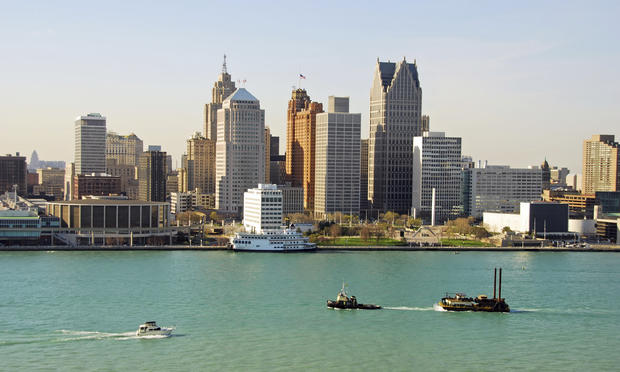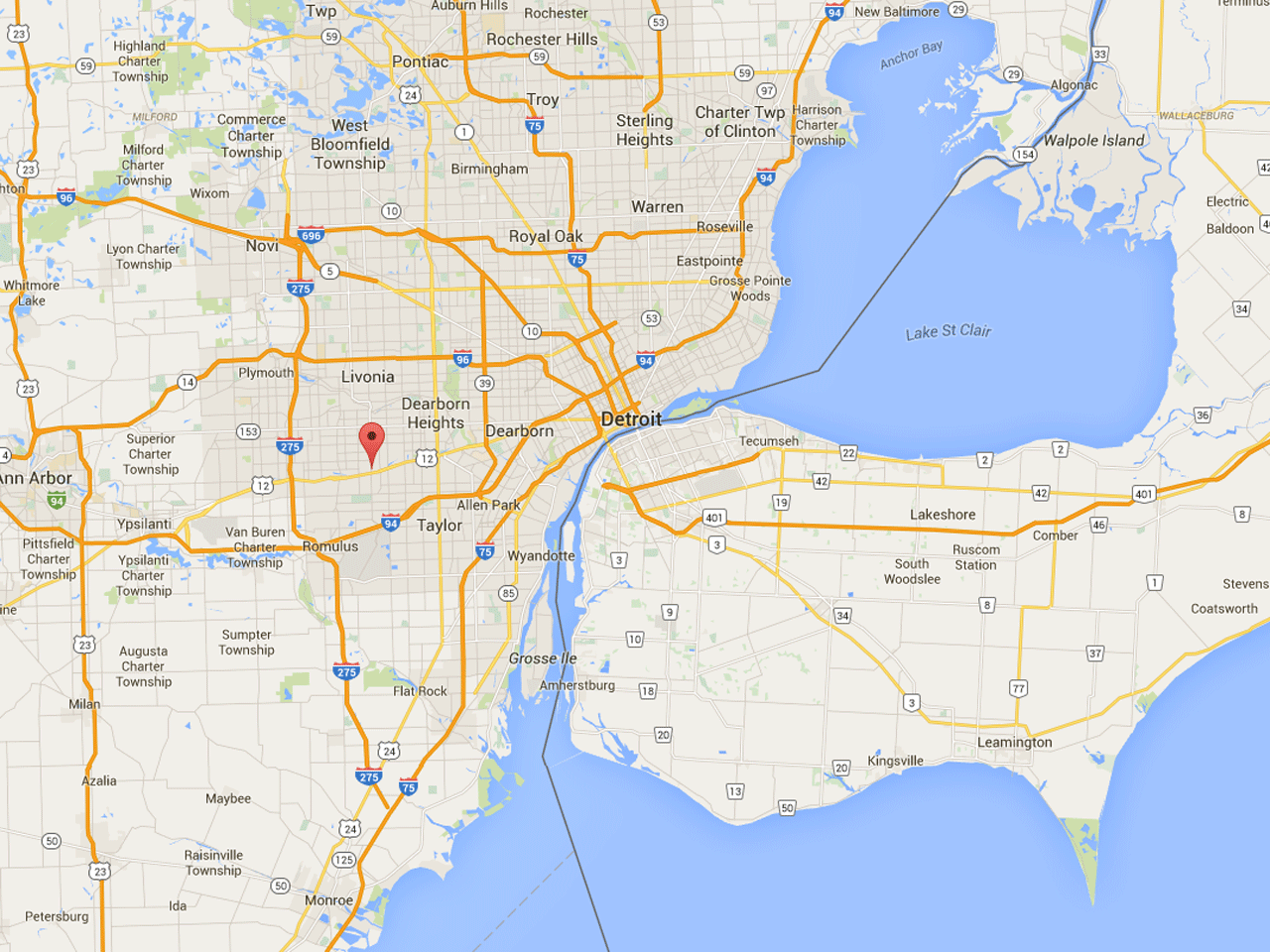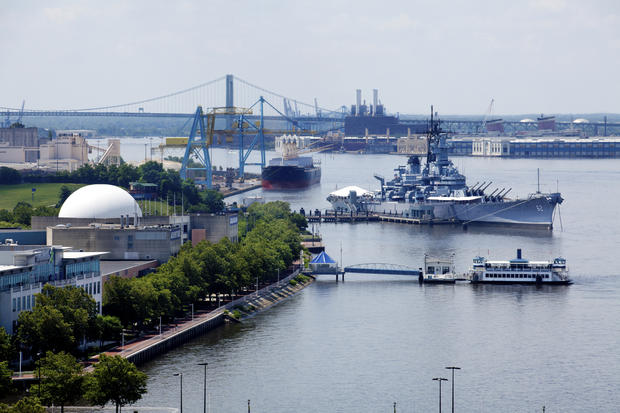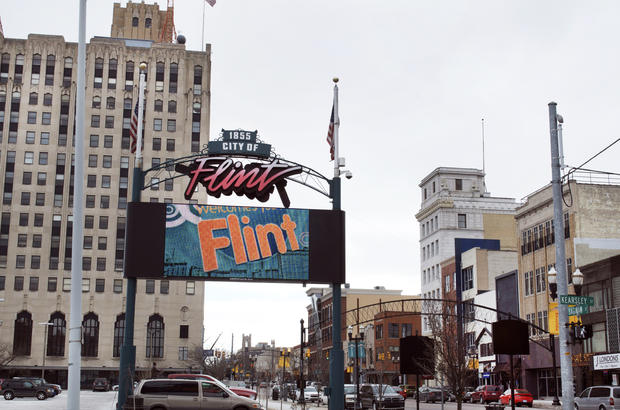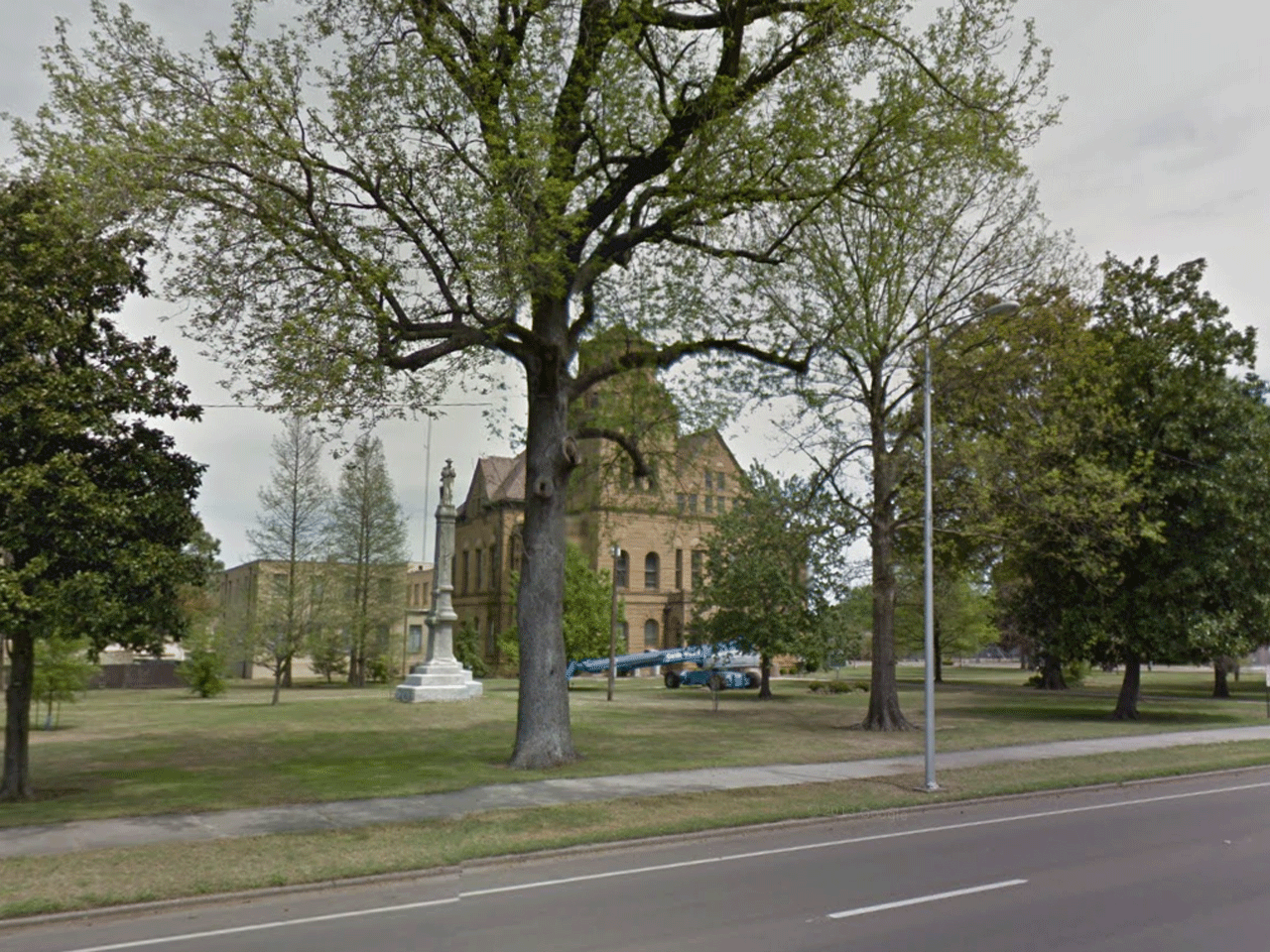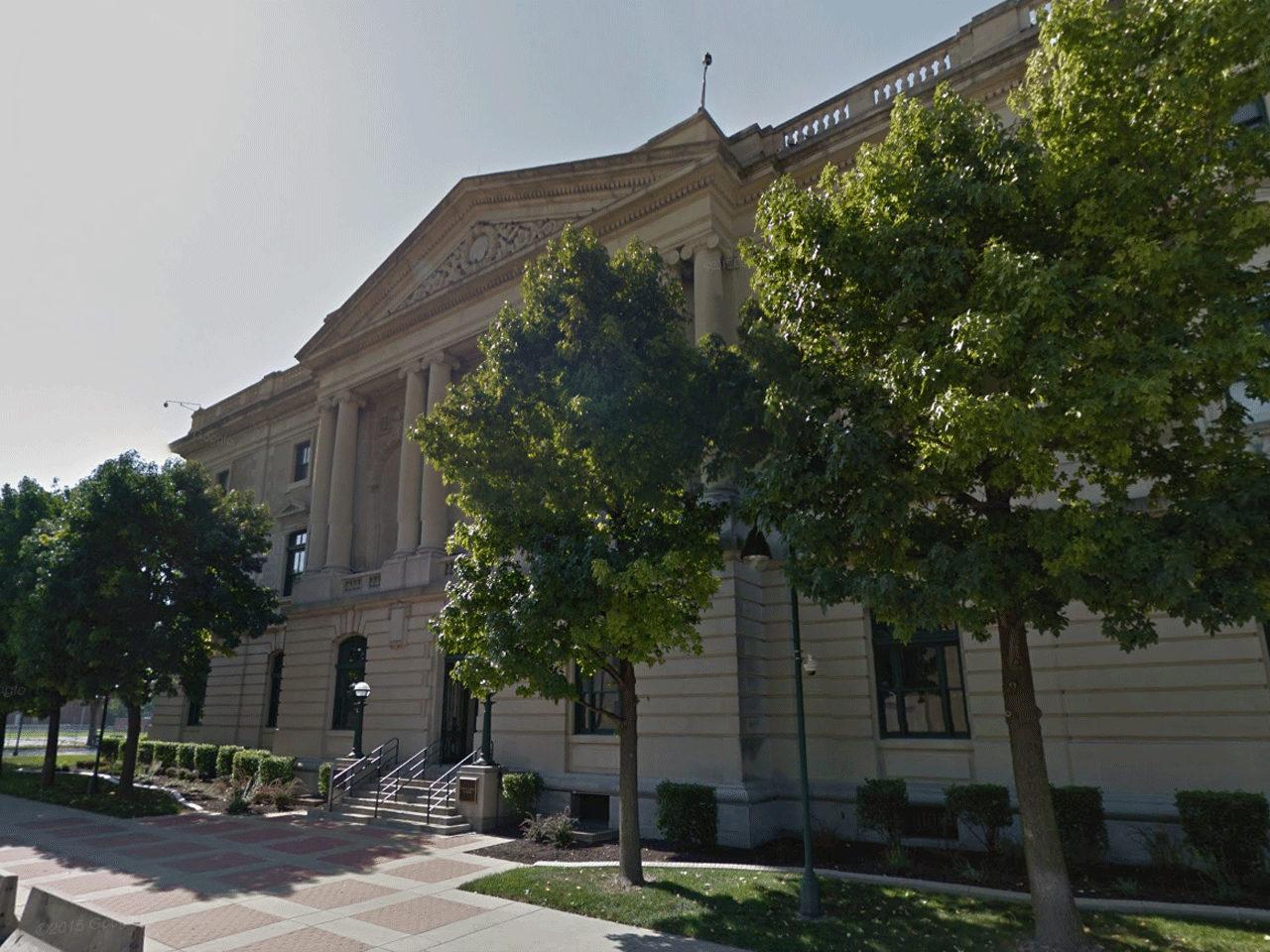10 cities with the worst credit scores
For better or worse, Americans are judged by their credit scores almost every day.
That score can determine what interest rates they pay for everything from credit cards to mortgages -- or even if they qualify for loans. It can even tip off Juliets about whether their Romeos are good would-be partners, given that researchers at the Federal Reserve found that couples with higher credit scores are more likely to stick together.
But what does it mean if a city's residents suffer from lower credit scores? It doesn't usually bode well for that municipality. That's because lower credit scores may be linked with depressed incomes, raising the chances of difficulties in paying loans and making the bills on time. The result could be higher foreclosure rates as well as a lower tax base and difficulty in meeting municipal services.
"The regional discrepencies that you see are surprising," said Stew Langille, chief strategy officer at Credit Sesame. "Certain areas, the South for instance, have lower credit ratings than the rest of the country. That's something we don't like to see because that can point to other economic and social issues."
The average credit score across the country isn't all that hot, according to Credit Sesame's analysis of more than 2.5 million of its users. It found an average credit score of 604, which most lenders would consider subprime. The highest score possible is 850, but anything above 720 is considered excellent.
While credit scores are based on an individual's experience with borrowed money -- such as whether they pay their mortgages on time -- Langille said scores also appear to be a correlated with income, even though credit agencies say income doesn't play a role in calculating their credit scores.
"What we see is a very high correlation," he said. "There's a huge portion of the country that will never achieve a $150,000 income level. It's very difficult for them to achieve a 800 credit score. It's harder for them to reach that next level of wealth because they are always servicing that debt."
Read on to learn about the 10 U.S. cities with the lowest credit scores.
Check back in the next few days for a look at the "10 cities with the best credit scores."
10. Detroit: 587
While Detroit's bankruptcy grabbed headlines in 2013, the city's fortunes had been declining well before then. The combination of rapid depopulation and falling household incomes created a double whammy for this Michigan city.
Detroit ranked as the most impoverished major U.S. city last year, according to the U.S. Census. About 39.3 percent of its residents live below the federal poverty line.
9. Benton Harbor, Michigan: 586
This small city of only 10,000 residents has a median household income of just $18,208, well below the Michigan average of $48,411. About 48 percent of its residents live below the poverty line, which adds to the challenges of maintaining strong credit scores.
Benton Harbor has been climbing out of a dire financial situation, which prompted the state to appoint an emergency manager in 2010. It's now overseen by a Receivership Transition Advisory Board, which reviews resolutions made by the city council.
8. West Memphis, Arkansas: 586
The 25,000 residents of West Memphis, Arkansas, are just a stone's throw across the Mississippi River from Memphis, Tennessee, but the demographics may have them singing the blues.
The city's median household income stands at $30,000, or about one-quarter less than the state median. Like many of the cities on this list, a sizable portion of residents -- 34 percent -- live below the poverty line.
7. Inkster, Michigan: 586
This Detroit suburb has suffered from some of the same demographic trends as the Motor City: a declining population and a high poverty rate. About 25,000 people live in the city, 38 percent of them below the poverty line, according to the U.S. Census.
Inkster made headlines in 2013 when its school district was dissolved because of high debt, and students were split among four neighboring districts. In 2014, the mayor of Inkster touched on some of the problems facing the city, including a high jobless rate and a "sluggish tax base."
6. Kinston, North Carolina: 586
This town of 22,000 residents is located in Lenoir County, where about 40 percent of residents live at below twice the federal poverty level. So many residents rely on government aid -- through Medicaid and other services -- that the local newspaper lauded how the poor were contributing millions to the regional community, thanks to those services.
Kinston was ranked as one of the worst places to live in North Carolina by city data site RoadSnacks, which cited its elevated crime rate and relatively high jobless figure.
5. Camden, New Jersey: 586
Almost 40 percent of the city's 77,000 residents live in poverty, according to the Census. The median household income stands at $26,000, compared with about $72,000 all of New Jersey.
Seen as a symbol of urban decay, Camden has long struggled with high crime rates, unemployment and other ills, which prompted Rolling Stone magazine to call it "Apocalypse, New Jersey."
4. Flint, Michigan: 586
The nearly 100,000 residents of Flint had troubles long before the city's recent water fiasco. More than 41 percent them live below the poverty line, according to the Census, which notes that the median household income is less than $25,000, almost half of Michigan's median income.
Life in Flint has become more challenging in the past year, thanks to the drinking water crisis that has caused higher lead levels in some children there. When the city switched to piping in water from the Flint River rather than the cleaner Lake Huron to save money, it caused cascading issues culminating in the current crisis, which may cost as much as $1.5 billion to remedy.
3. Gary, Indiana: 584
Like Detroit, Gary is another once-thriving industrial town that has fallen on hard times. Created by U.S. Steel, the city built its economy around the steel industry, which led to tough times in the second half of the 20th century as steelmaking shifted outside the U.S.
Gary's population has declined from almost 180,000 in 1960 to roughly 78,000. The erosion in its tax base has led to a reduction in services, and The American Prospect has called the city a place where "work disappears and dreams die."
About 38 percent of residents live under the poverty line, and the median household income is slightly less than $27,000.
2. Greenville, Mississippi: 583
This town of 33,000 people in the Mississippi Delta may be almost a thousand miles from Detroit, but it's suffering from some of the same problems as Motor City: depopulation and stubborn poverty.
Greenville has lost about 27 percent of its residents since 1990, while jobs have dried up as farms replaced laborers with machines and factories closed. The median household income stands at about $28,500, while more than one-third of residents live in poverty.
1. East St. Louis, Illinois: 581
The U.S. city whose residents suffer from the lowest average credit score is described as America's most violent city by Bloomberg News. Like other cities on this list, it has been hurt by depopulation, losing about two-thirds of its population since 1950.
East St. Louis' roughly 27,000 residents have a median household income of $19,161, or less than half the state's median of $57,000. About 47 percent of its residents live below the poverty line, which adds to the city's challenges.

